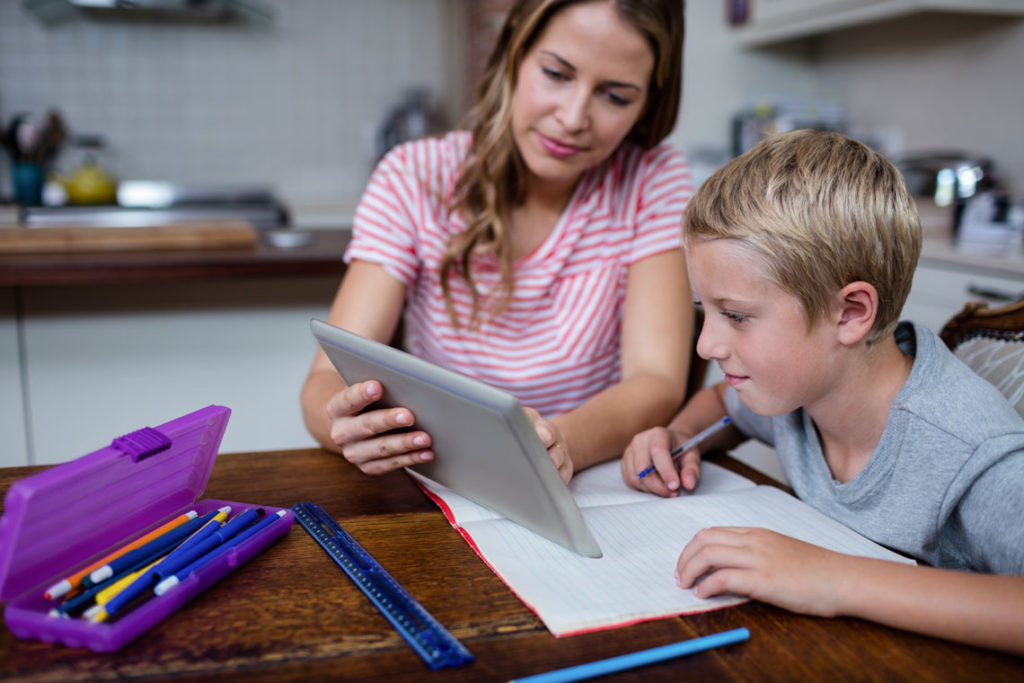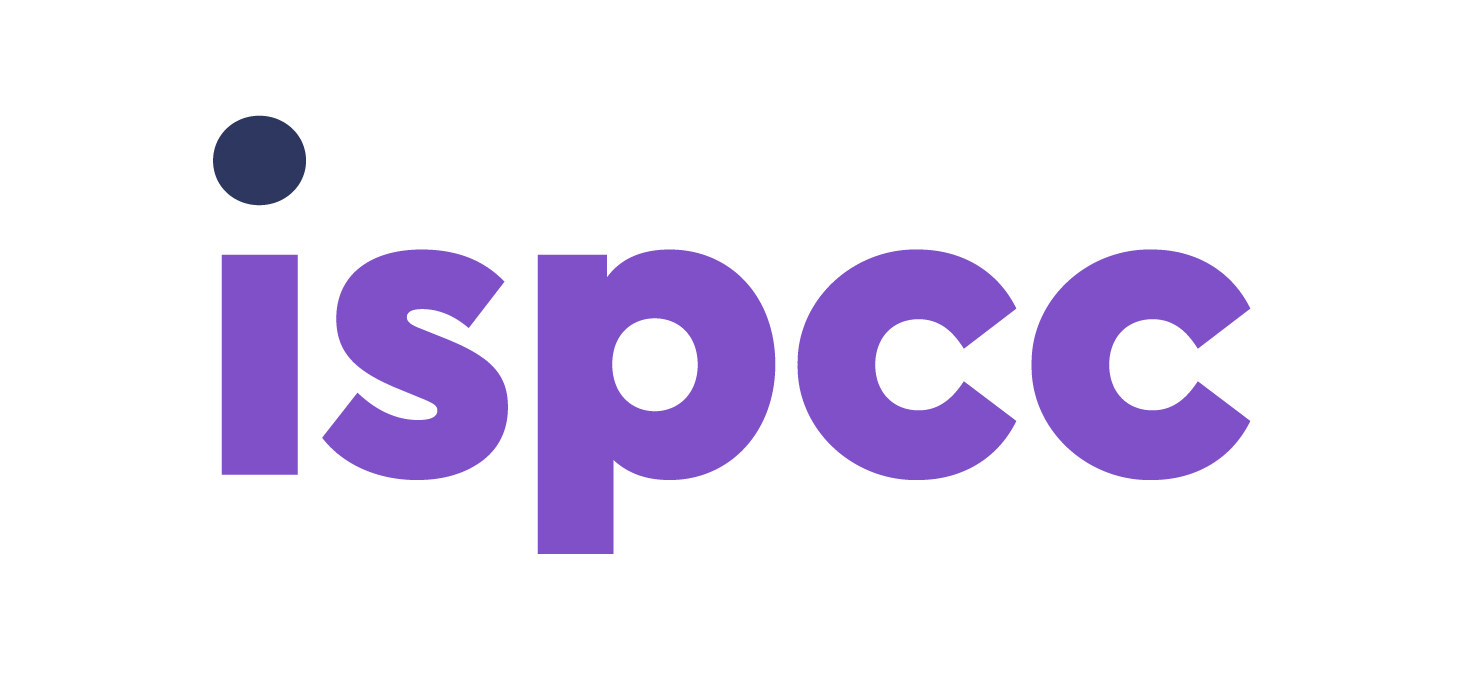
Adjusting to remote learning has posed significant challenges for thousands of Irish families.
From adapting to a completely different classroom environment to missing out on important in-person activities, the coronavirus pandemic gave rise to a new approach to education that none of us could have predicted.
But what about online safety?
If you’re concerned about this area, we have a few tips to make sure your child’s distance learning experience is a secure and enjoyable one.
1. Have regular chats with your child
Start having open conversations with your child about online safety and privacy, especially when it comes to distance learning. Some topics to talk about together could include:- How to set strong passwords for the programmes they use for school
- How to securely download programmes, apps and other content
- What information is safe to share online and what isn’t
2. Know what online services your child will be using
Once you’ve discussed safety with your child, ask them about the sites and programmes they use for remote learning. Find out how each platform works, and take steps to optimise safety settings on each of them. You should also consider the following questions when looking at each programme and site:- What kind of password protection does my child’s virtual meeting have?
- How are teachers sharing passwords for online classrooms?
- How is my child expected to use their camera?
- Are the sites my child is using for remote learning secured?
3. Check in with the school
Your child’s school may have already given you information on what they are doing to ensure safe remote learning. Many schools also provide children with school email addresses to securely sign into apps and programmes they use for school. However, don’t be afraid to contact the school if you have any questions, such as:- How will teachers keep track of student attendance, engagement and progress?
- How is the school responding to incidents of cyberbullying?
- Are teachers providing lessons on privacy during the school day?
- For schools that are providing laptops and equipment to children, will the school set up filtering to block inappropriate material on the devices?
